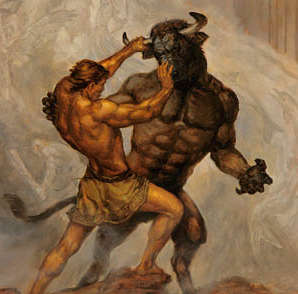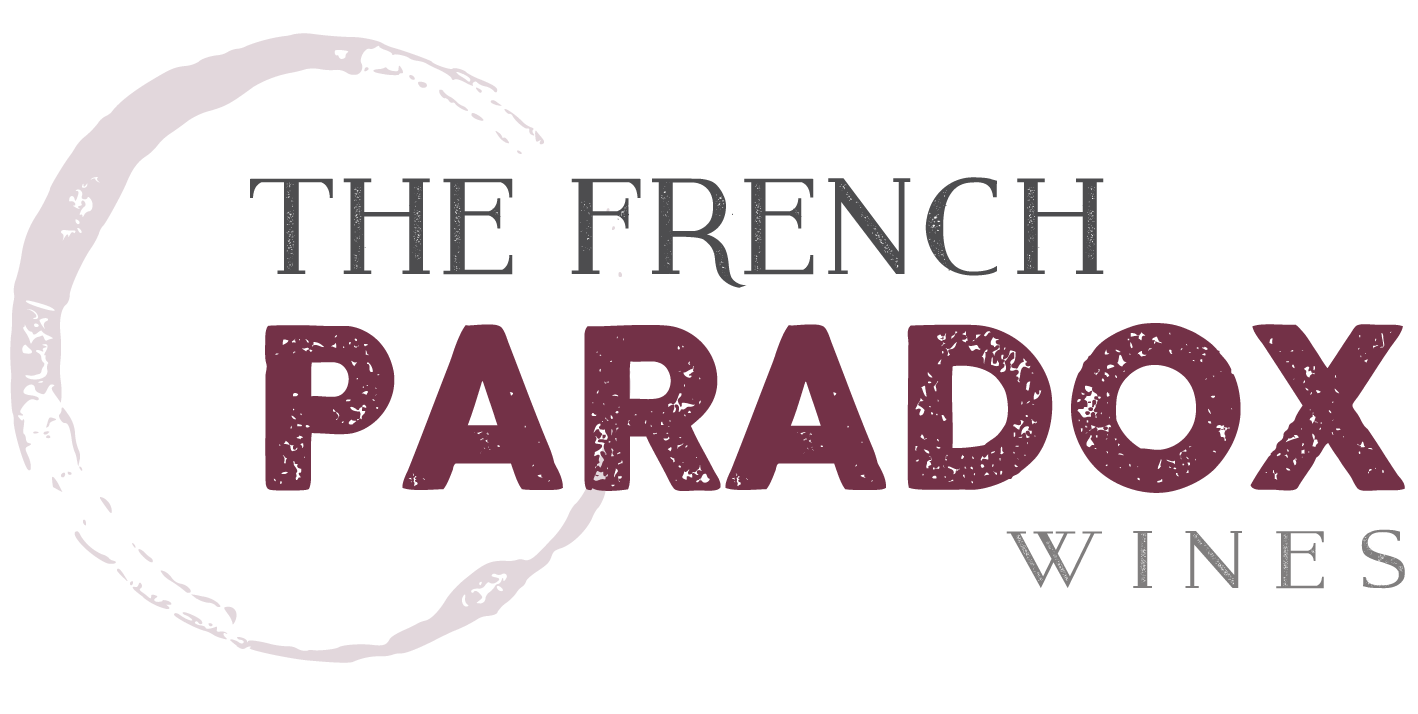One of the enduring mysteries about wine is why people find it so…mysterious. Wine has been around for at least 5,000 years, long before wine critics thought up ‘points’ and Napa Valley became the Disneyland of Vines. There is really not much mystery to it…the technical process has been pretty much worked out and agreed upon for centuries and what passes for innovation is often someone making a wine as it was made in BC (natural wine, anyone?).

Most people not in the wine business (and some in it) who seem to know quite a bit about wine, actually know very little. Perhaps that’s where the mystery comes from…when the the part-time ‘expert’ runs out of facts, he starts spouting false mythology. Why not? It works for wine critics!
So, on that note, let’s investigate some common wine myths and provide some actual information.
Myth #1: There are not that many grapes used for wine, so if you’ve tried 10 or 20, you’ve got a good handle on what’s going on.
Fact: There are between 5,000 and 10,000 varieties of vitis vinifera (the grapes used for wine) planted in the world. There are several hundred that are used often enough and are respected enough to be considered typical, normal or usual.
Myth #2: Only red grapes are considered ‘noble’ and therefore only reds are great wines:
Fact: Someone designated 6 grapes as ‘noble’…white grapes such as Chardonnay, Riesling,and Sauvignon Blanc; and reds such as Pinot Noir, Merlot and Cabernet Sauvignon. No one is really sure who came up with this, buts it’s interesting that the ‘noble’ grapes are all French. (Do I smell an international conspiracy or merely an effective marketing campaign?) Nonetheless, ½ of the ‘nobles’ are red, the other ½…white. Horrors!
As to the whole ‘noble’ thing, there are some ‘experts’ that now claim seven ‘nobles’ (Syrah is added), some now claim 18 (adding whites and reds equally), and others snub their nose at the whole topic by only talking about the 5 noble grapes of Bordeaux (Cab Sauv, Cab Franc, Merlot, Petit Verdot, & Malbec). In other words, the ‘noble’ concept is anything but a factual demarcation.
Myth #3: Cabernet Sauvignon makes the best wine since it’s been around the longest, hence its designation as King.
Fact: Once thought to have been planted in France by Romans after the Gallic wars (around 50 BC), then believed to be indigenous, it’s been conclusively proven by Dr. Caroline Meredith (who really is an expert) that the King is a youthful usurper, as well as a bastard. Born of illicit mating between Cabernet Franc and Sauvignon Blanc, Cab (as those in the know call it) has only been around since the 17th century, making it no more than adolescent in the world of wine grapes. Why is it planted so readily throughout the world? That’s likely due to its hardy nature, with thick skins that can easily withstand mold or frost, and it’s ability to thrive in a variety of locations. In other words, as it’s easy to grow, it gets planted more readily; as it’s planted more readily, more wine is produced; as more wine is produced, more effort is expended to market and promote it; as it gets promoted more, sales grow; and as sales grow, more people buy into the notion that it’s the best. Et suppositio nil ponit in esse.
Myth #4: White grapes (and the wines that are made from them) are sweeter than reds
Fact: Grapes (like other fruits) contain sugar. When the grape (like other fruit) is allowed to ripen, sugar levels increase. Riper grapes can make sweeter wines (like many California Chardonnays and Cabernets) and/or they can make wines with higher alcohol levels and no residual (remaining) sugar and/or something in between. This is not an issue of pigmentation, but of ripeness and subsequent fermentation.
Furthermore, many, many, many wines that are described as ‘dry’ have some residual sugar and some wines that are described as ‘sweet’ have no residual sugar. This can be explained fairly simply: 1) the human sense of taste is not very precise, 2) we often confuse ‘fruit’ flavors as ‘sweet’ flavors and 3) we often perceive a lack of acidity as sweetness. So that crisp and fruity rose that is chemically bone-dry (absolutely no residual sugar) is perceived as sweet because it lacks the drying tannins of other wines.
Myth #5: White wines don’t age as well as red wines.
Fact: Let’s unpack this one from the beginning: Most wines don’t age well, and most modern wines are not made to be aged. Actually, the goal of aging wines to that theoretical point of perfection is, at best, a moving target. Aging changes a wine, sometimes beneficially.
As a wine ages, changes occur due to the complex chemical reactions of the phenolic compounds of the wine. In processes that begin during fermentation and continue after bottling, these compounds bind together and aggregate. Eventually these particles reach a certain size where they are too large to stay suspended in the solution and precipitate out. The visible results of aging are a change of color (in reds, less bright, more rust or brownish; in whites, darker, a bronzing effect) and a presence of sediment. The less visible effects are a lessening of forward fruit flavors and aromas, a softening of tannins, and/or perhaps oxidation. These changes might or might not enhance your enjoyment of the wine. The best rule of thumb is…if you like the way the wine tastes today, don’t age it.
As to aging whites versus reds, because reds have more phenolic compounds (pigmentation and tannins as examples) than whites, whites have less to ‘lose’ during the aging process. However, high acid whites (with low pH), such as those from cooler climates like Chablis or Champagne, have shown a capacity for beneficial aging. Additionally, the sugar content of wines affects aging, as sweet wines have shown remarkable aging potentials. So, high acid whites and/or sweet whites age better than low acid reds and/or less sweet reds. And vice versa.
On balance, wines that have greater aging potential are made from grapes that have a lower water level at picking. In that case, the grape would have (as a ratio to water) higher sugar content, acidity and phenolic compounds. The resulting wine, theoretically, would retain those age-worthy attributes. So, then, which grapes have more water in them, red or white? Neither. Both, It depends. What grape, grown where, by whom, when?
My final answer.
